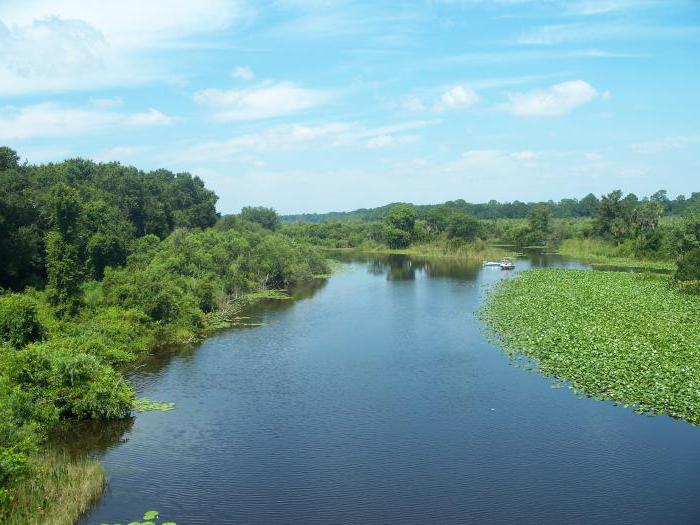The mouth is a part of a river that flows into the sea, lake, reservoir, another river or other body of water. This site is characterized by the formation of its diverse and rich ecosystem. Some water bodies have a variable mouth. This is due to the fact that large flows in some places dry up. Sometimes it happens that the point of confluence of water bodies is exposed to excessive fumes.
In Old Russian, the meaning of the word "mouth" had several meanings. So could designate not only the final section of the river, but also its source or headwaters.
Blind mouth
The mouths are different, for example, blind, it disappears. This can happen as a result of evaporation, seepage of the channel into the ground or the intervention of a person who irrigates the fields. The shape of the mouth depends on many factors: the presence of tides, the features of the soil and climatic zone, the strength of the current. The mouth is in some cases an unstable place, especially when a river changes its channel, direction or flows into a swamp.
Delta
If the river, when it flows into another body of water, is divided into many branches, channels and islands, then the mouth can be called differently. Such a special site is usually called the delta. It owes its name to similarities in shape to a triangle. For the first time, the Nile Estuary was so named. This suggests that such a formation is often formed when the river flows into closed bodies of water, without pronounced tides. At the same time, the current strength near the coastal strip decreases, the applied material settles and compacts, forming islands, then braids, from which sleeves subsequently form. This place connected the Nile with the Mediterranean Sea.
Deltas can be different in the number of sleeves, and in their shape more or less elongated. All this depends on the difference in the density of the waters encountered, the strength of the current and other factors. The largest area of the Ganges delta, it is 105.6 thousand square meters. km, the next largest by the Amazon River - 100 thousand square meters. km It should be noted that the delta can be formed not only within the mouth of the watercourse, but also upstream.
Estuary
The mouth is also the so-called estuary. When rivers flow into an open body of water with strong tides, it can form in the form of a funnel (lip or estuary). This word comes from the Latin "aestuarium", which means "flooded estuary." Salt water in such cases can rise high along the channel, which prevents the formation of deposits from sedimentary rocks. In addition, a depth is formed that allows the river to remain navigable. The largest estuary is considered the Gironde in France, which is 75 km long and was formed from the confluence of the Garonne and Dordogne rivers. In Russia, the largest formations of this kind were formed on the Ob and Yenisei rivers, which flow into the Kara Sea.

The mouth and source, although sometimes, are tens of kilometers apart and really have a strong influence on themselves. The general characteristic of the intermediate flow depends on the pool of a particular site. Fish populations, flow rate, vegetation, environment, wildlife on the coast - it all depends on the mouth and source.